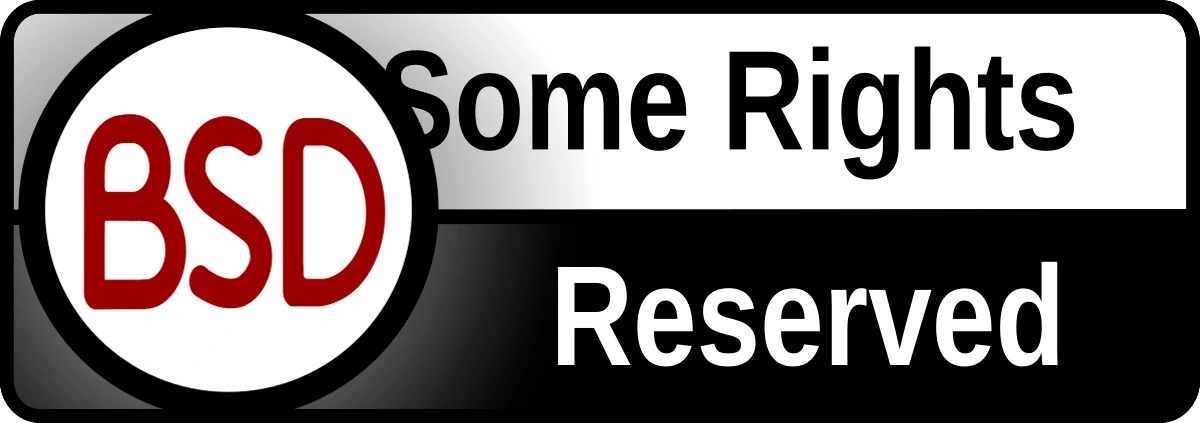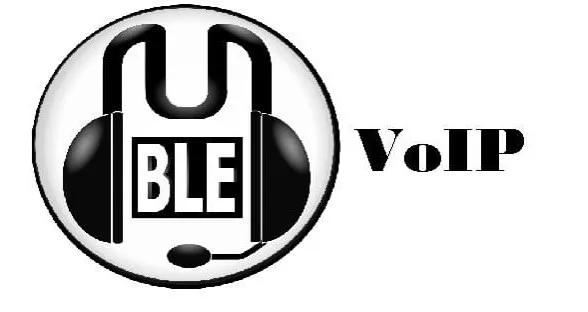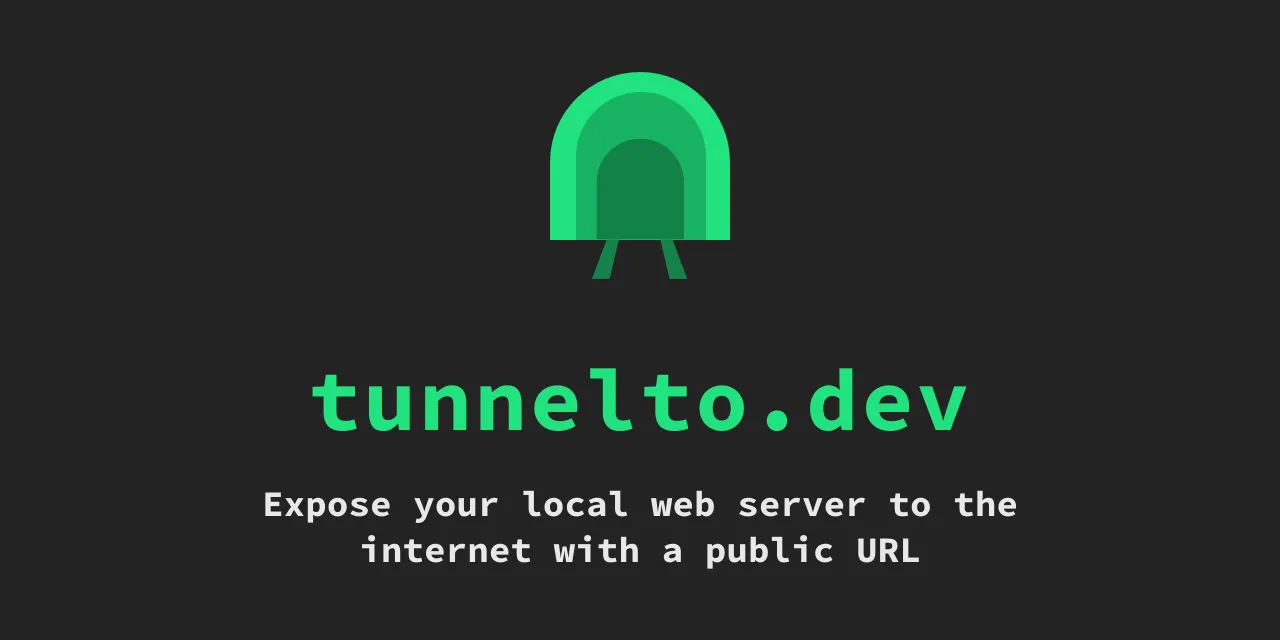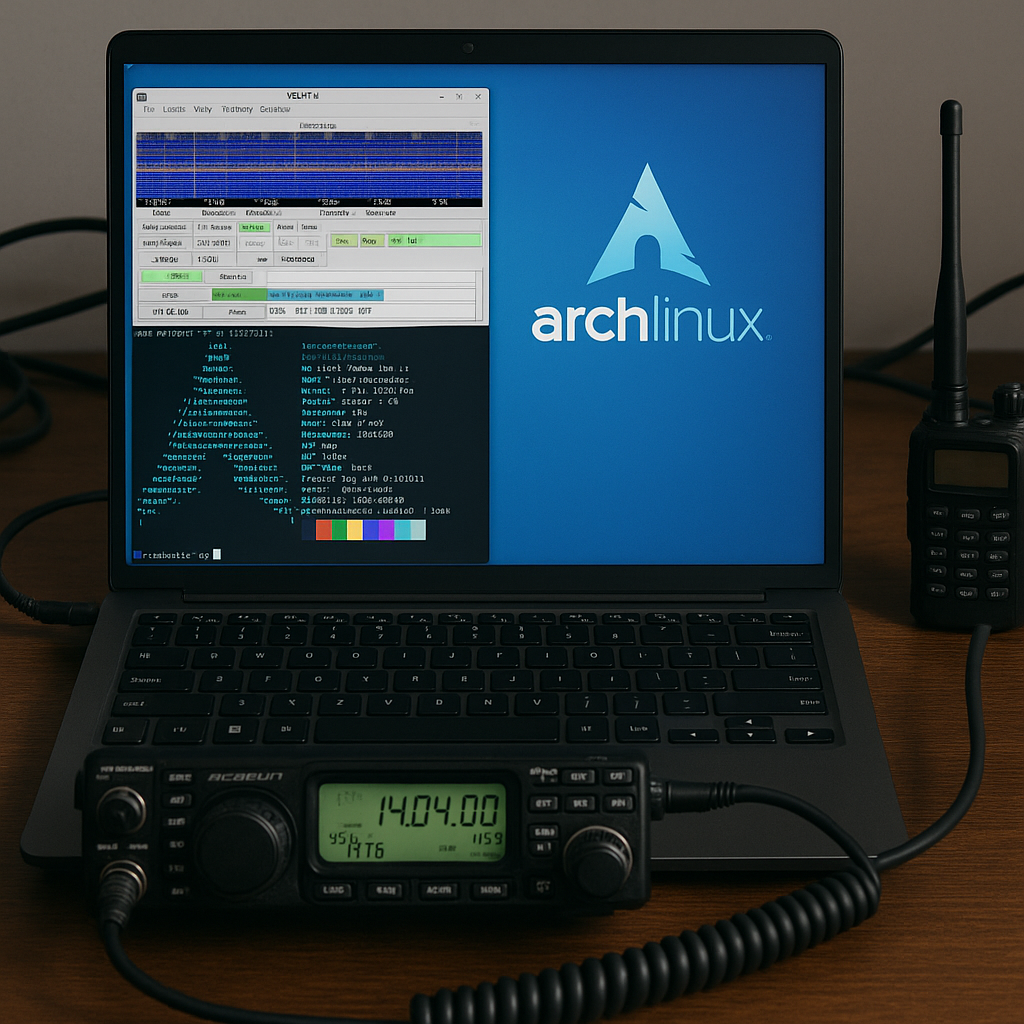BSD license
free open source software
free software
license
apachelicense, bsdlicense, buildsoftware, Coding, commercialuse, Developers, devtools, freebsd, freesoftware, github, gplv3, legaltech, licensetips, Licensing, mitlicense, netbsd, openbsd, opencode, opensource, permissivelicense, programming, reusecode, softwareengineering, softwarefreedom, softwarelaw, softwarelicense, sourcecode, startups, TechBlog
9M2PJU
0 Comments
What Is the BSD License?
If you’ve ever dabbled in open source software, you’ve probably come across the term “BSD License.” But what exactly is it? Is it safe to use in your project? Can you build a business around it? Or remix the code however you want?
🧭 The BSD License, In a Nutshell
The BSD License is one of the simplest, most permissive open source licenses out there. It comes from the Berkeley Software Distribution (BSD), a Unix-based operating system developed at the University of California, Berkeley, in the late 1970s and 1980s.
Think of it like this:
“Here’s some code. Do what you want with it. Just give us credit, don’t use our name for marketing, and include this license if you share it.”
That’s it. No strings attached.
🛠️ What Can You Do With BSD-Licensed Code?
The short answer: Almost anything.
- ✅ Use it in personal or commercial projects
- ✅ Modify it to fit your needs
- ✅ Combine it with other software (even proprietary stuff)
- ✅ Redistribute it — with or without changes
There are no requirements to open-source your code, even if you’re using or modifying BSD-licensed code. This makes it very business-friendly.
🧾 The Different Flavors of BSD Licenses
There isn’t just one BSD License. Over time, it evolved into a few versions. Let’s go over the most common ones:
1. 4-Clause BSD License (Original)
- Includes the controversial advertising clause, which required anyone using the software in promotions to include a credit.
- No longer recommended — too cumbersome.
2. 3-Clause BSD License (Modified)
- Removes the advertising clause.
- You must:
- Keep the copyright.
- Do not use the original author’s name for endorsement.
- Include the license in redistributed software.
- Widely used and accepted.
3. 2-Clause BSD License (Simplified or FreeBSD License)
- Even simpler: only two conditions.
- Include the license.
- Preserve copyright.
- Popular in modern BSD systems like FreeBSD and OpenBSD.
🧪 BSD vs. GPL: What’s the Difference?
Both the BSD License and the GNU General Public License (GPL) are open source, but they play by different rules.
| Feature | BSD License | GPL License |
|---|---|---|
| Can use in closed-source? | ✅ Yes | ❌ No (must remain open) |
| Must share modifications? | ❌ No | ✅ Yes |
| Business friendly? | ✅ Very | ⚠️ Some limitations |
| Relicensing allowed? | ✅ Yes | ❌ Must stay GPL |
BSD gives you freedom to do anything, while GPL ensures the code always remains free, even when modified.
🏢 Who Uses BSD-Licensed Code?
Lots of big names. Here are just a few examples:
- Apple (macOS has BSD roots)
- Microsoft
- Netflix
- Juniper Networks
- Sony
- FreeBSD, OpenBSD, and NetBSD (entire operating systems under BSD)
This license’s flexibility is why you’ll often find BSD-licensed components in both open source and proprietary products.
🚨 The Only Strings Attached
Even though BSD is pretty hands-off, there are still a few things you need to do:
- Keep the license text with the code.
- Give credit to the original authors.
- Don’t use their names to promote your version.
That’s it. No obligation to open your code. No copyleft. No license police knocking on your door.
🧠 Final Thoughts
If you’re looking for a license that gives you maximum freedom with minimum fuss, the BSD License is a solid choice. It’s ideal for developers who:
- Want their code to be used as widely as possible
- Don’t mind if it ends up in closed-source apps
- Value simplicity over strict rules
At the end of the day, BSD is about trust and generosity. You’re saying:
“Here’s something useful. Go build something amazing with it.”







Post Comment